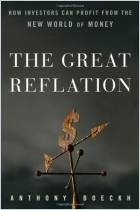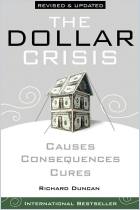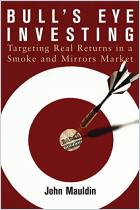
Recommendation
Prophets of doom have always made entertaining reading. In his latest fire-and-brimstone warning, Robert R. Prechter, Jr., an experienced forecaster of long-term economic and social trends, says financial Armageddon is just around the corner. While his technical analysis ("Wave Theory") may appear to be stock-market astrology, readers may appreciate his examination of the basic functions of money and credit, his argument that worldwide central banking has fundamentally altered these functions, and his perceptive comparisons of the late 1990s with the Roaring Twenties. Prechter might have appealed to a broader audience by toning down his graphs and technical talk, and focusing instead on his investment suggestions: If the market turns down, you’ll save your skin, but even in a bull market, keeping your money safe can’t hurt. getAbstract.com recommends this book to anyone looking for bear-market investment advice, as well as those interested in technical analysis or an opinionated view of business and market cycles.
Summary
About the Author
Robert R. Prechter Jr. is president of Elliott Wave International, a forecasting firm that provides long-term and intraday analysis of stock markets, currencies, interest rates, commodities and social trends for institutional and private investors. He has written ten financial books since 1978.



















Comment on this summary